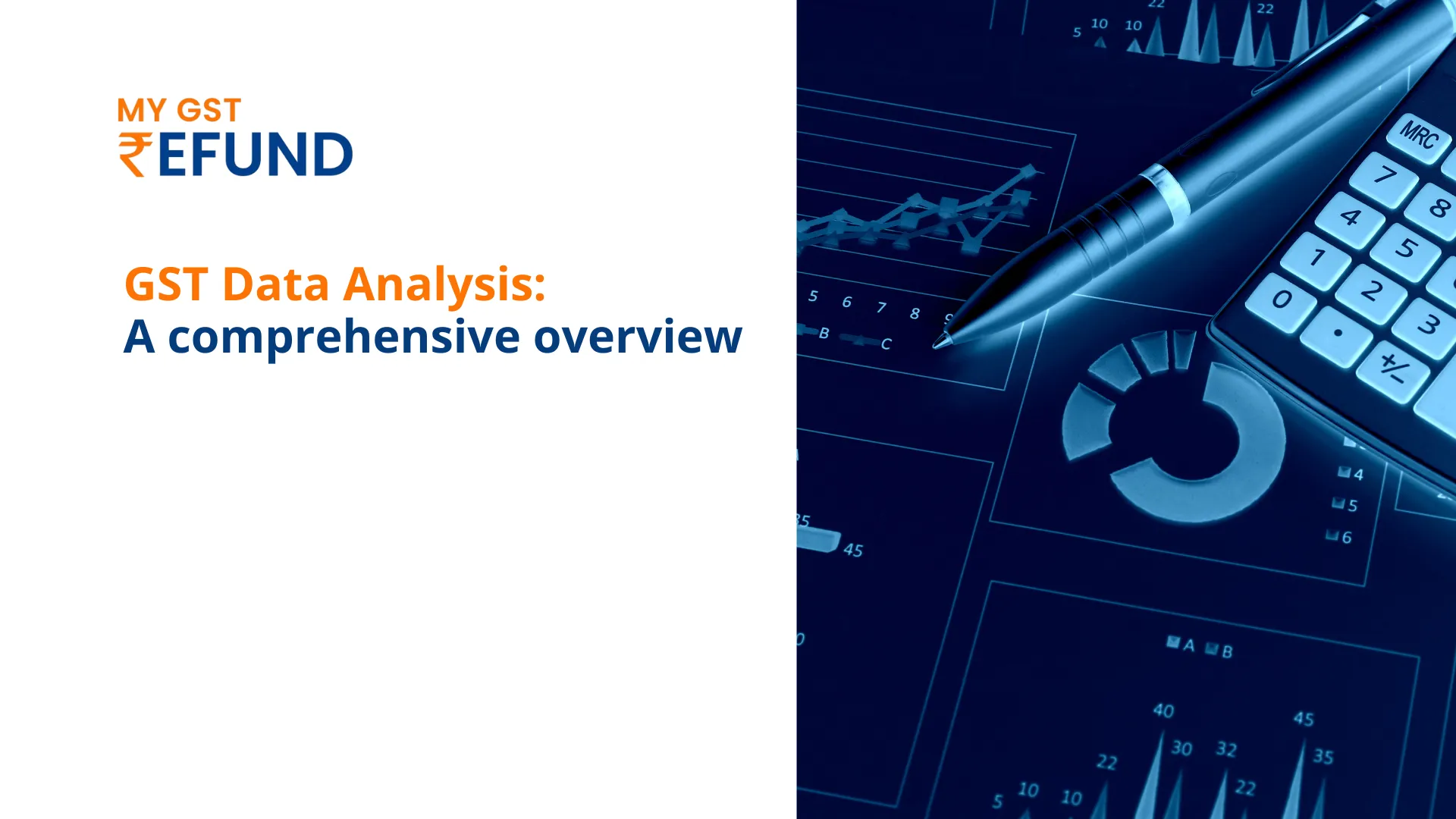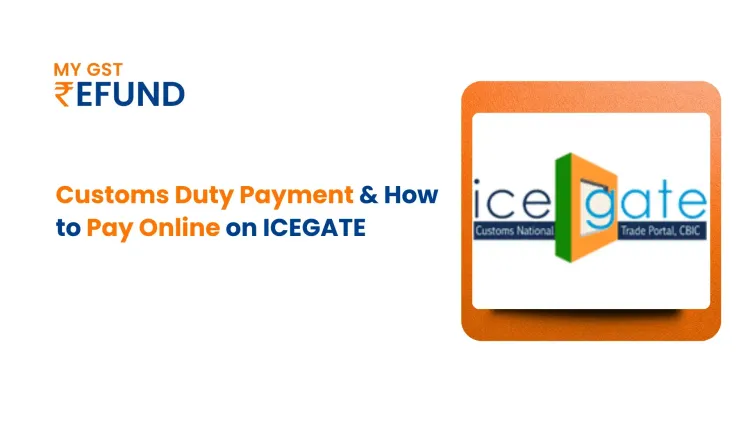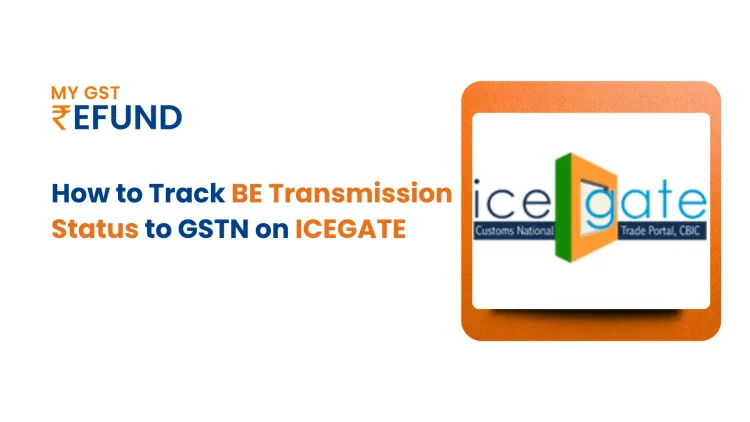GST Data Analysis: An End-to-End Insight into Its Compliance, Business Growth, and Economic Insights in India
Goods and Services Tax (GST) was introduced in July 2017 in India. Its introduction revolutionised the country's indirect tax system, creating a unified market and consolidating various taxes under one umbrella. Beyond reforming tax administration, GST also generated a massive amount of data. When properly analysed, this data holds significant potential to improve compliance, optimise business operations, and provide valuable insights into economic trends.
This article explores how GST data analysis plays a crucial role in India, impacting businesses, compliance, and governance. It also looks into the technological advancements that are making this possible, along with the challenges and opportunities presented by this vast data set. Moreover, we examine how this data is shaping India's economic future.
1. The Role of Data Analysis in GST Compliance
One of the main goals of GST data analysis is ensuring compliance. The GST system generates numerous invoices, transaction records, and tax filings that can be used to monitor compliance throughout the supply chain.Businesses and tax authorities can access and analyze this data using tools like GSTN.
Key Points on Compliance:
- Detection of Tax Evasion: Data analytics helps identify anomalies, mismatches, and inconsistencies in tax filings, enabling authorities to detect early instances of tax evasion.
- Improving Filing Accuracy: Real-time data validation via GSTN encourages businesses to maintain accurate records, reducing the likelihood of errors in GST filings.
- Audit and Monitoring: Tax authorities can conduct risk-based audits using data analytics, ensuring that high-risk entities are subject to scrutiny. This helps allocate resources more effectively for audits and investigations.
Through data analysis, businesses can also perform self-assessments and rectify discrepancies before filing returns, further enhancing compliance.
2. Driving Business Growth Through Data-Driven Decisions
For businesses, GST data analysis provides opportunities to gain deeper insights into operations, sales trends, and customer behaviors. This information can be used to optimize supply chains, manage inventory, and identify market opportunities.
Key Business Benefits:
- Inventory and Supply Chain Optimisation: Analysing GST data helps businesses track inventory movement across states and identify product demand patterns, enabling them to optimise stock levels and reduce carrying costs.
- Market Trend Analysis: GST data provides insights into consumer behavior, regional sales trends and product preferences, allowing businesses to tailor their strategies accordingly.
- Cash Flow Management: Accurate GST data analysis enables businesses to forecast tax liabilities and manage cash flows effectively, reducing the risk of liquidity issues. Whether for large corporations or SMEs, using GST data analytics can improve financial planning, operational efficiency, and growth strategies.
3. Macroeconomic Insights from GST Data
At a macroeconomic level, GST data is a goldmine for policymakers and economists. The vast amount of data collected from transactions across various sectors and regions provides insight into the economy’s health.
Key macroeconomic insights:
- Sectoral Performance: Analysing GST data allows the government to assess the performance of different sectors, such as manufacturing, services, and retail, based on tax contributions and transaction volumes.
- Regional Economic Activity: GST data is segmented by region, helping Policymakers identify which states or regions are economically thriving and which may need intervention or support.
- GDP and Growth Trends: GST collection data is often viewed as a reflection of economic growth. By analyzing trends in GST collections, early indicators of broader Economic trajectories, such as growth forecasts and consumption patterns, can identified.
These insights assist in shaping government policies related to tax rates, subsidies, and economic development programs.
4. Technological Advancements in GST Data
Analytics Technological advancements in artificial intelligence (AI), machine learning (ML), and big data analytics have made GST data analysis more sophisticated and actionable. These technologies enable businesses and tax authorities to quickly process large volumes of data, identify patterns, and make informed decisions.
Key technological enablers:
- AI and ML Algorithms: These technologies help detect anomalies and predict tax evasion. patterns, and automate routine tasks such as invoice and return reconciliation.
- Data Visualization Tools: Modern analytics platforms feature interactive dashboards. that allow users to visualize complex data sets, making it easier to derive actionable insights.
- Blockchain for Security: Blockchain technology is being explored to enhance the security and transparency of GST data. It provides an immutable ledger for transactions, reducing the risk of fraud and data tampering.
These advancements make GST data analysis more efficient and reduce compliance burdens on businesses, and improve the effectiveness of tax administration.
5. Challenges in GST Data Analysis
While the potential of GST data analysis is vast, several challenges must be addressed:
Data Quality: Inaccurate or incomplete data entries can lead to flawed analysis.Ensuring data accuracy at the source is essential.
Data Privacy: With vast amounts of data being collected, concerns about privacy and Data security is paramount. Adequate safeguards are necessary to protect sensitive business information.
Skill Gap: There is a shortage of skilled data analysts familiar with tax regulations and advanced data analytics techniques. Bridging this gap is crucial to maximising the benefits of GST data analysis.
Despite these challenges, continued investments in technology, training, and regulatory Frameworks can help mitigate risks and unlock the full potential of GST data analysis.
Conclusion
GST data analysis is transforming how businesses operate, how the government manages compliance, and how policymakers assess the economy. It is not just a tool for tax compliance but a strategic asset for driving growth and economic development.
As India continues its journey toward digitalisation, the role of data analytics in the GST ecosystem will expand, leading to more informed decision-making at all levels—business, government, and the economy. By embracing the opportunities and addressing the challenges, India can leverage GST data analysis to achieve greater transparency, efficiency and economic progress.
Also Read: AATO ₹10Cr+ Businesses Must Report e-Invoices in 30 Days
Related Posts








